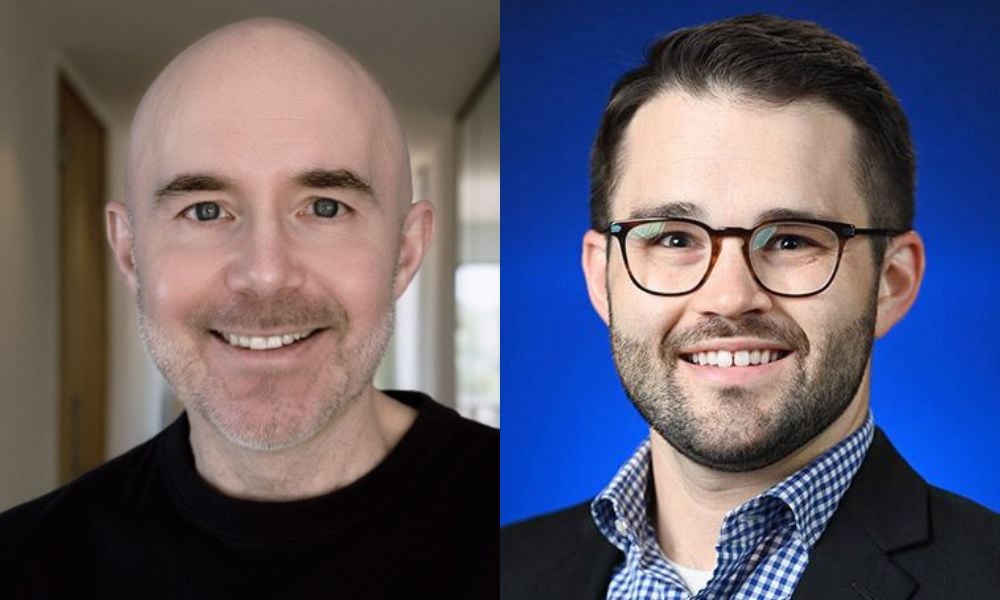Complex hiring rules, processes put government at disadvantage

When it comes to recruiting digital workers, the Canadian government is facing stiff competition from the private sector, according to Wendy Cukier, director of the Diversity Institute at Ryerson University in Toronto.
“The landscape is changing, and they’re maybe not as agile or as able to adapt, for a whole variety of reasons, which include the nature of bureaucracy itself, the high level of unionization,” she said. “And the complex environment that they’re trying to attract people to — the security and clearance requirements, the bilingual requirements in leadership roles — add a layer of challenge to recruiting in the digital skills areas.”
Complex hiring rules and processes alongside changing expectations from jobseekers put the government at a disadvantage when it comes to recruiting and retaining technology workers, said Cukier, author of the whitepaper Developing Canada’s Digital-Ready Public Service, published in March.
This trend is causing a skills shortage in the public service, slowing the government’s attempts to undertake digital transformation, she said.
This gap comes at a time when pressure is growing on government to transform its digital stance as workers begin to take cues from the private sector, said Nicole Foster, head of Amazon Web Services public policy, Canada, in Toronto, which collaborated with the Public Policy Forum think tank in Ottawa and Cukier to produce the whitepaper.
“The workforce in the public sector makes a big difference here, as they will be the ones implementing digital transformation projects,” she said.
“This means that government needs to adapt its hiring model to acquire digitally savvy talent that can aid in these changes. This includes looking at training, benchmarking and accountability mechanisms, and even gender and diversity bias.”
Challenging traditional assumptions
Employee needs are changing, and the public service is facing ever-increasing competition from the private sector as the demand for technology skills grows, said Cukier.
“The government probably needs as many experts in information communications technology (ICT) as a lot of small technology companies, given how it's increasingly dependent on digital services,” she said. “(And) they're not as well-positioned to compete as some of the tech companies and other sectors they're going head-to-head with.”
“The expectations on government — the pressure to do more with less, the pressure to be accountable and transparent, the pressure to serve both digital natives and aging baby boomers and diverse populations in every part of the country… are increasing at a time when they have growing challenges in building out the talent pool that they require,” said Cukier.
To its credit, the government has undertaken some unique projects in an effort to transform, including the launch of Talent Cloud — a “SWAT team of digitally savvy workers who can go into different contexts and solve problems,” she said.
A Digital Academy has also been launched by the public service to upskill current employees.
But some of its experimentations may need to be accelerated, said Cukier.
“If you think about the biggest impediments to innovation in Canada, it's not that we don't have great technology products and services, it's that they're not being used,” she said. “Subject matter expertise in government, understanding policy and process… all those things are still invaluable. But, somehow, you need to layer on higher levels of digital literacy.”
It’s also important to challenge traditional assumptions about the nature of digital workers, said Cukier.
The public service has held on to traditional job categories, at a time when there has been a need for “hybrid” workers, who combine technological expertise with sectoral experience, she said. “Hybrids… are really an important part of the solution.”
Transforming HR
Ultimately, the bureaucratic burden needs to be lessened if HR within the government wants to attract top recruits, said Foster.
“It is crucial the model be re-examined to make sure it’s attracting a workforce with the right set of skills, and that there is a strategy to attract the best and brightest minds,” she said. “Governments need to do a better job of recruiting talent and updating job descriptions to reflect current skills needed.”
Currently, workers regard the government primarily as a bureaucracy — disconnected from the needs of everyday Canadians, said Cukier.
“That's one of the challenges that they could address with an effective marketing program.”
Corporate social responsibility is high on the must-have list for young workers, and the government should have a leg up in this area, she said.
“Government makes lives better for Canadians," said Cukier. "And if they did a better job at communicating what the real impact is of government policies and programs, and if they focused on creating an environment where people working in the public service really understood and felt the relationship between the work they were doing and real benefits to real people, that's a massive selling point in the market.”
Private employers have also learned that retooling an existing workforce holds more benefits than hiring from outside, but they can also flex their recruitment policy when they want to hire top talent, she said.
“The private sector has much more flexibility in terms of adjusting pay and offers. When they want someone, they can make it very, very attractive. In the public sector, there are many more constraints.”
Modernization of human resources, new approaches to training and a rebranding of government services are among the recommendations offered in the whitepaper.
Job categorization, structure and skill requirements all need to go under the microscope, according to Cukier.
The private sector is leading the way, from standard job descriptions and credentials towards competency-based assessments, she said. “That sort of asset-based approach is very important.”
Recruitment screening needs to be streamlined to reduce the advertising-to-employment lapse time, said Cukier. “Right now, it takes months. And if they're competing for talent with other employers, they’ll just lose out because of the time lag.”
Interview requests for this story were declined by the Digital Academy and the Treasury Board of Canada Secretariat.




